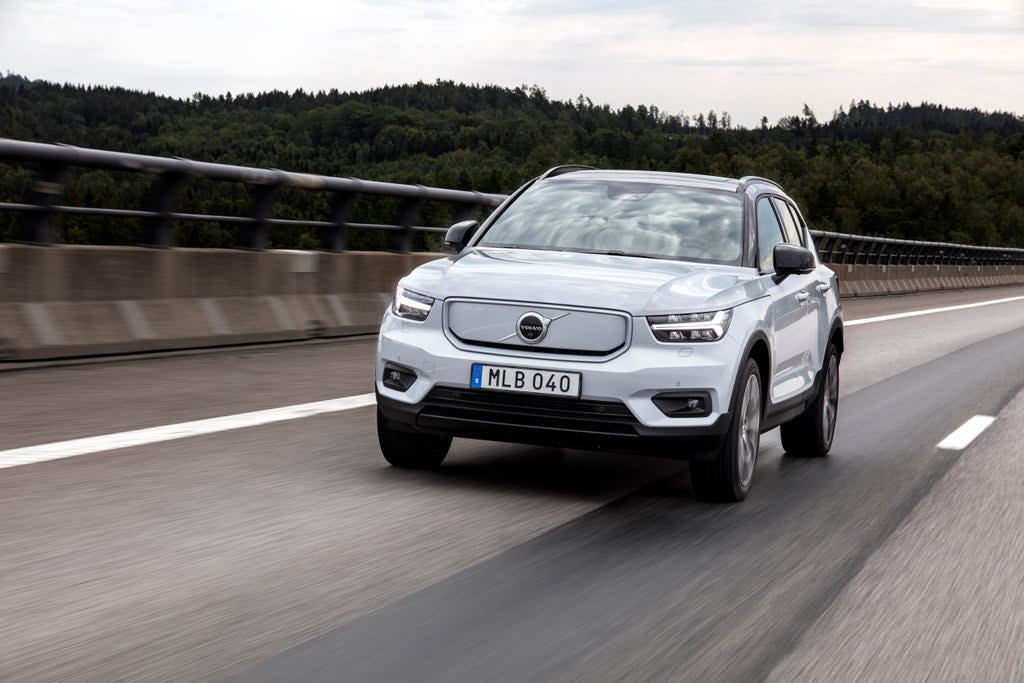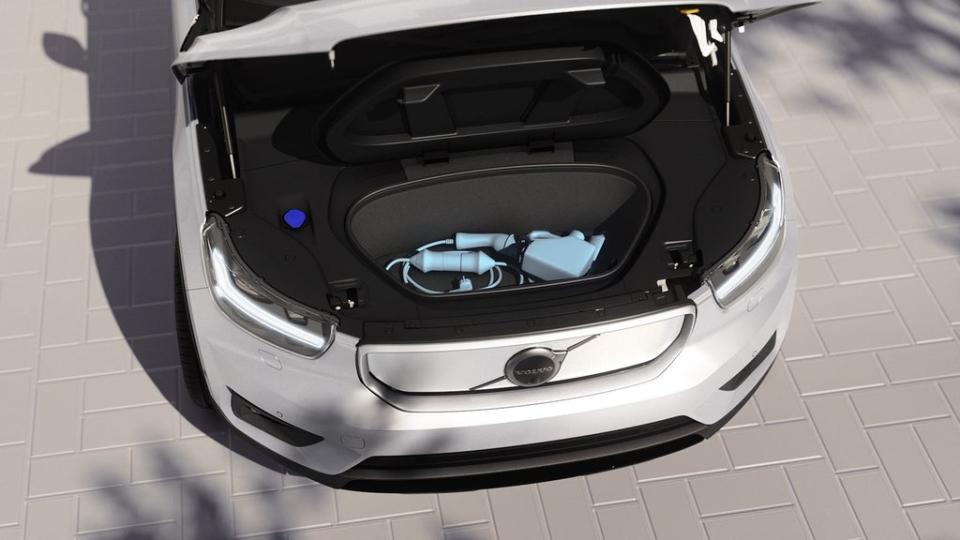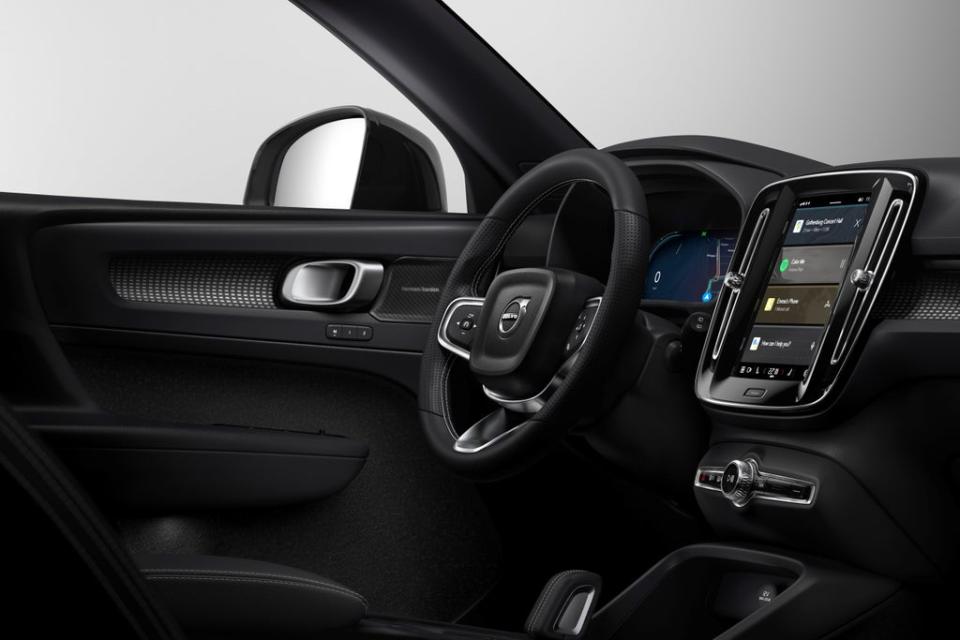Volvo XC40 Recharge: 200 miles on a single charge

It’s a remarkable thing, how easy it can be to take things for granted. If you haven’t already, you will be astonished, as I was, when you first drive one of the present generation of highly capable battery electric-only cars. Despite the hype and seeing a few more on the road, they’re still a minority taste, it’s fair to say, and the moment of Damascene conversion awaits many more motorists on the road to environmental redemption.
The problem comes when you’ve been driving them a lot, and you get a bit blasé about things. I have found sometimes that I really have to make an effort to appreciate what it is that I’m sitting in, something with a real world range, performance and enjoyment that would have seemed improbable even five years ago, and unimaginable a decade or two before.
Something such as the Volvo XC40 Recharge, for example. Although the XC40 was always intended to have an all-electric option, as well as the usual hybrid, petrol and diesel propulsion, the Recharge is a little late in arriving and the model is already a familiar sight, and a very fortunate sales success for Volvo. So, it’s a sort of electric wolf in unprepossessing sheep-like clothing. But it is, of course, a very different car indeed. One just needs to remind oneself that here is an everyday product, a handily sized family car (albeit on the pricy side) that puts 400 brake horsepower at your disposal, gets from a standing start to 60mph in a near-supercar time of 4.7 seconds, can travel around 200 miles on a single charge, and will cost peanuts to run.

It’s got all the equipment you’d possibly want, including a very friendly satnav system courtesy of Google. It’s also very safe, in the Swedish tradition. Not only does it do emergency braking and stopping if it senses no hand on the steering, it won’t even let you back out of a parking space if it’s detected something approaching. Approach too close to a wall and it will forcibly stop you. Volvo isn’t the only make to offer such things, of course, but the safety thinking runs deep into the structure of the vehicle, so the front end has been modified to take account of the absence of the conventional heavy lump of an engine.
THE SPEC
Volvo XC40 Recharge AWD
Price: £53,155 (as tested; range starts at £28,660 inc grant)
Engine capacity: Single electric motor, rear drive powered by 36.5kWh battery
Power (bhp): 408
Top speed: 112 mph
0-60mph: 4.7secs
Fuel economy: 141mpg equiv
Range: 200 miles
CO2 emissions: 0
Unusually for a faux-looking compact SUV, the XC40 Recharge is actually a genuine off-roader, with plenty of torque (low speed pulling power) from the twin electric motors, fore and aft.
It’s all a remarkable achievement, and an attractive package. It drives well, though there is no getting away from the fact that this is 2.1-tonne vehicle with a relatively high centre of gravity. The main emphasis is on calm, serene progress thanks to the quiet drivetrain, the better to enjoy the tasteful interior. The only real drawback – and it’s a serious one – is that Volvo is pushing the “premium” pricing maybe a bit too hard at £53,155 for this model, or £619 a month on its leasing scheme. That’s not far off its more glam rivals from Mercedes-Benz (EQC), BMW (iX3) and Jaguar (iPace). Indeed, if you really want to splash your cash on a smallish battery-powered Volvo you can spend almost £60,000 on the new coupe version of the XC40 Recharge, the C40. There are electric cars out there that will do most of what this Volvo will do for about half the price (eg the MG ZS), and some that will do more for less (eg the Kia EV6).

The main point for most car owners is that the entry level prices for new electric cars are generally still very high, and for second-hand ones much the same, with the added drawback that models even a couple of years old have much shorter ranges than the latest cars, because battery technology is evolving so fast. If you’re rich, in other words, or can take advantage of an electric car as a company vehicle (with ridiculously generous tax breaks) then you can enjoy next to free day-to-day personal transport. If you’re the sort of person who will spend only a few thousand pounds on your car, then you can’t really expect to plug into the revolution yet.

